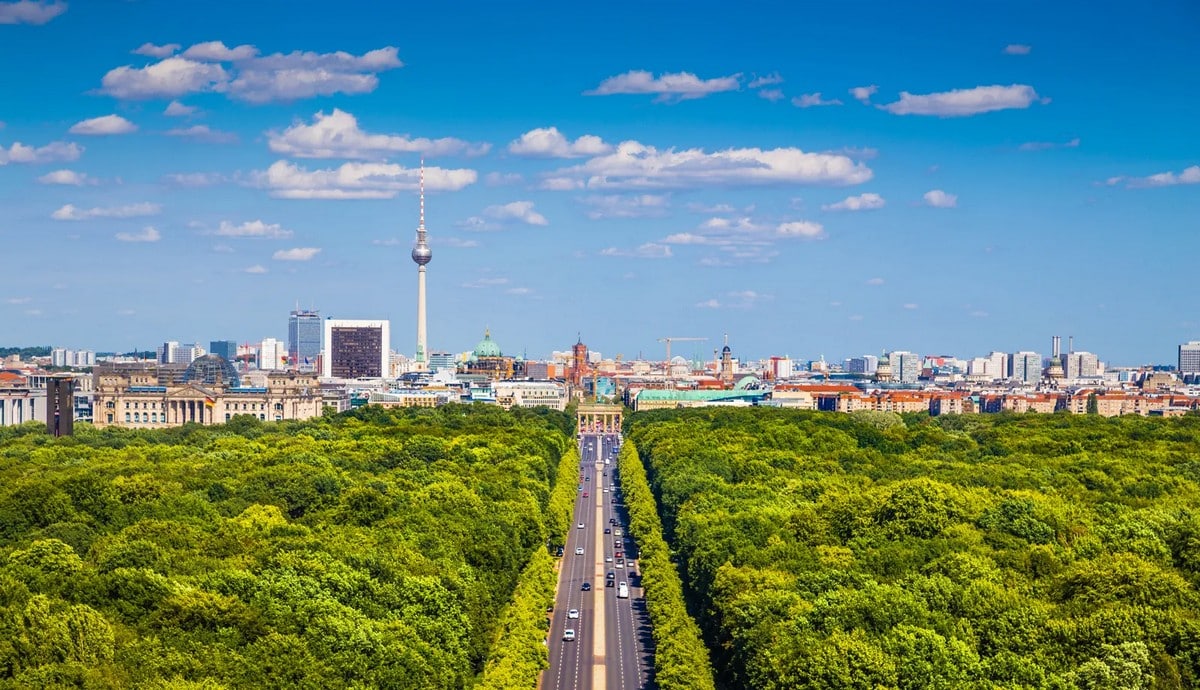Berlin is Germany’s capital city. It is also the country’s largest city by population and land area. It has a complex history that associates it with some afflictive events in the past, but it is now one of the most visited cities in Europe. This thriving hub for the arts, culture, and commerce attracts millions of tourists.
Berlin is known for being a bustling city with many iconic landmarks. For example, the Berlin Wall remains well-known until today. Moreover, there are many museums and galleries in the city. Berlin also has thriving arts and culture. It is the location of a prestigious film festival and hosts a popular beer festival.
Berlin Wall: A Desired Fall
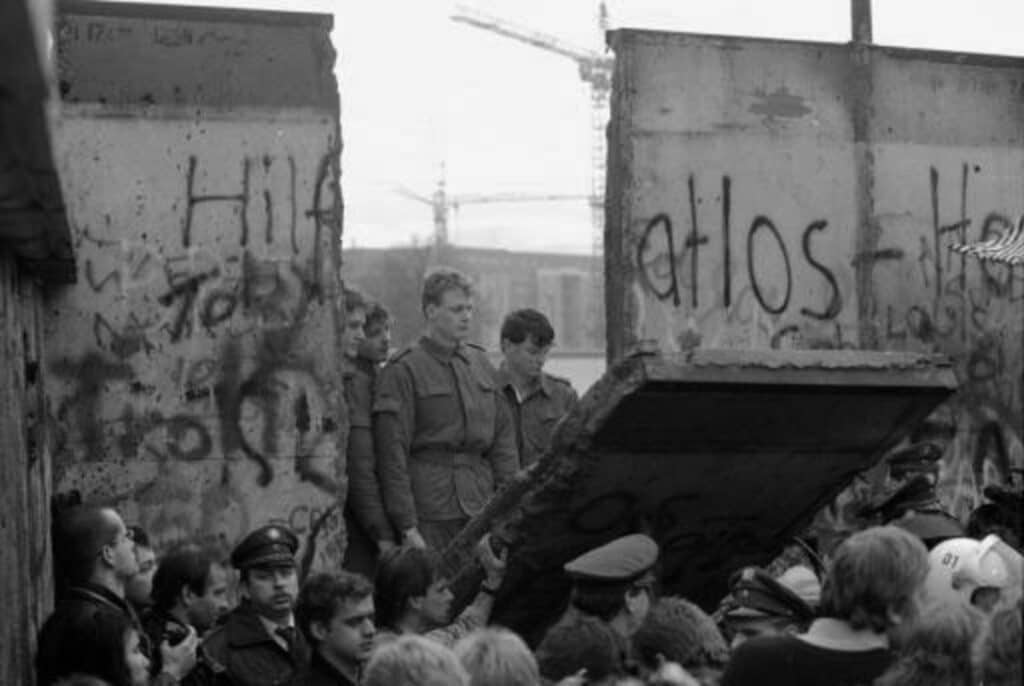
One of the first things that come to mind whenever Berlin is mentioned is the Berlin Wall. This concrete barrier symbolizes the division in Germany, separating the country into West Berlin and East Germany. It stood in place for almost three decades. Leaders of the opposing factions of Germany agreed to tear it down in 1989. Today, there is almost nothing left of the wall. Most of it was recycled for construction purposes, and some parts of the wall became souvenirs. David Bowie, Margaret Thatcher, and Ronald Reagan own parts of the wall. Actor David Hasselhoff also has a piece.
Brandenburg Gate
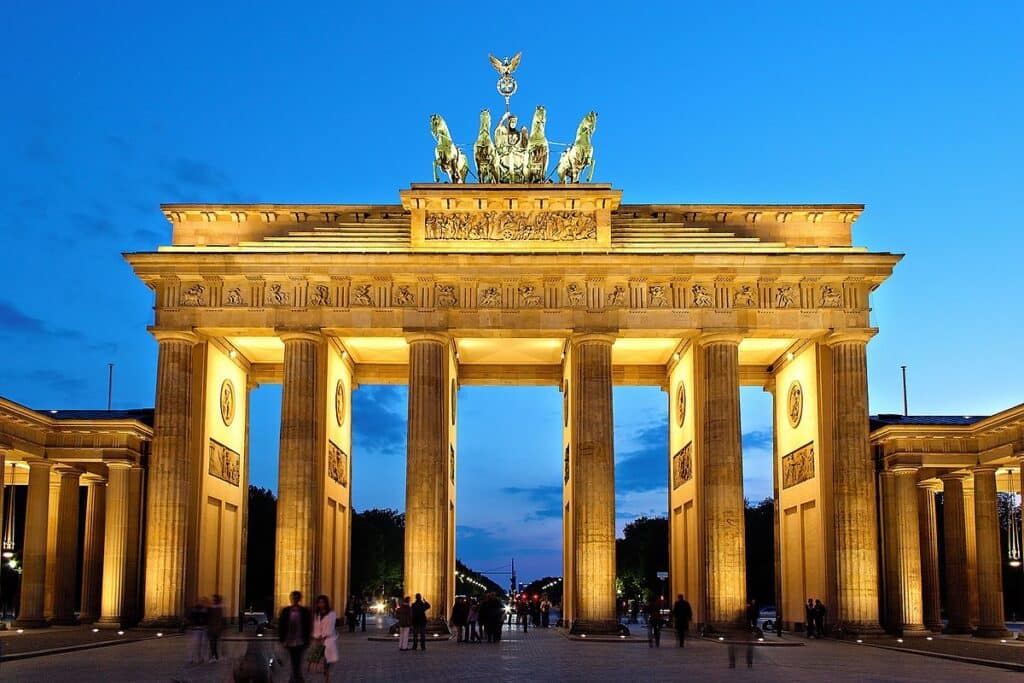
Aside from the Berlin Wall, the city is also known for the Brandenburg Gate. It is one of the most important landmarks in Berlin. It served various political and military events throughout Germany’s history. This neoclassical monument is located on the western side of the city center. It serves as a point of entry towards Unter den Linden. The design features 12 Doric columns, which represent the German Confederation’s original states. The gate became a symbol of German reunification after the fall of the Wall of Berlin. Today, it is one of the most popular tourist spots in the city.
One of the Most Visited European Cities
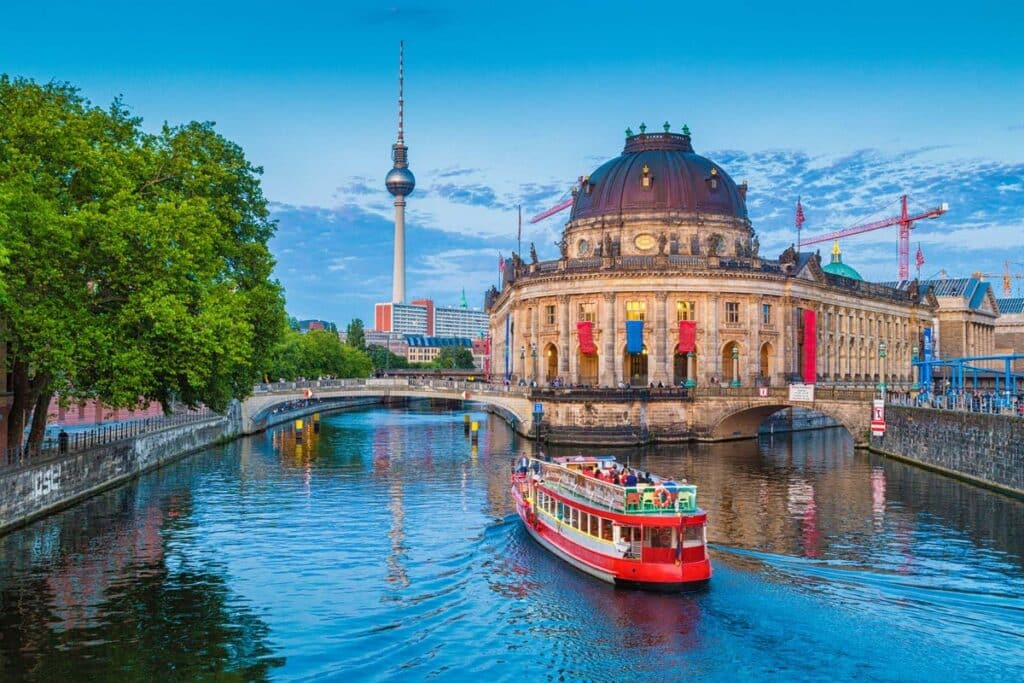
Berlin is one of the most visited cities in Europe. In 2019, before the pandemic hit, Berlin received around 14 million guests. At some point, it became the third most visited city in Europe. More than 45% of these guests are from abroad, while around 56% are domestic. The capital of Germany has attracted more visitors over the years. The growing tourism receipts are not only because of the popular attractions in the city. In the past years, Berlin has been the location of various global conferences and events.
Berlin International Beer Festival
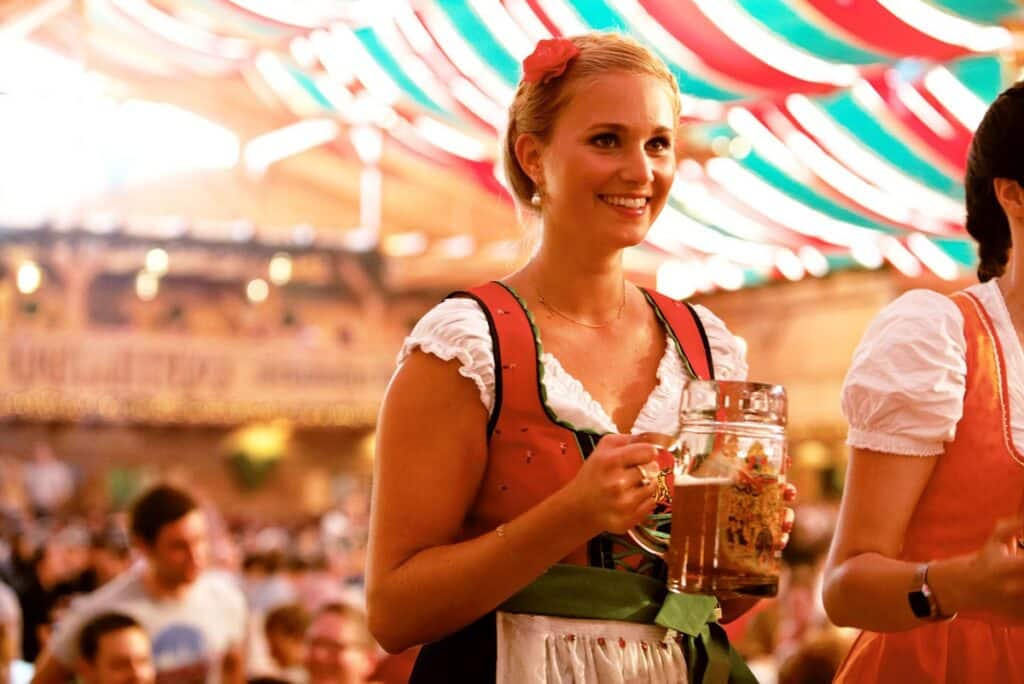
The beer and Berlin association is not unusual. Aside from the alliteration, there is an event that connects booze to the city. This event is the International Beer Festival, which takes place in the first week of August. Around a million people take part in this festival every year, making it one of the biggest crowd drawers in Berlin. One highlight of this event is the world’s longest beer garden. During the festival, participants form a beer garden over two kilometers long. Hundreds of beer stalls are available, too. The event also features live music and a massive shindig.
Spätis and Cheap Beer
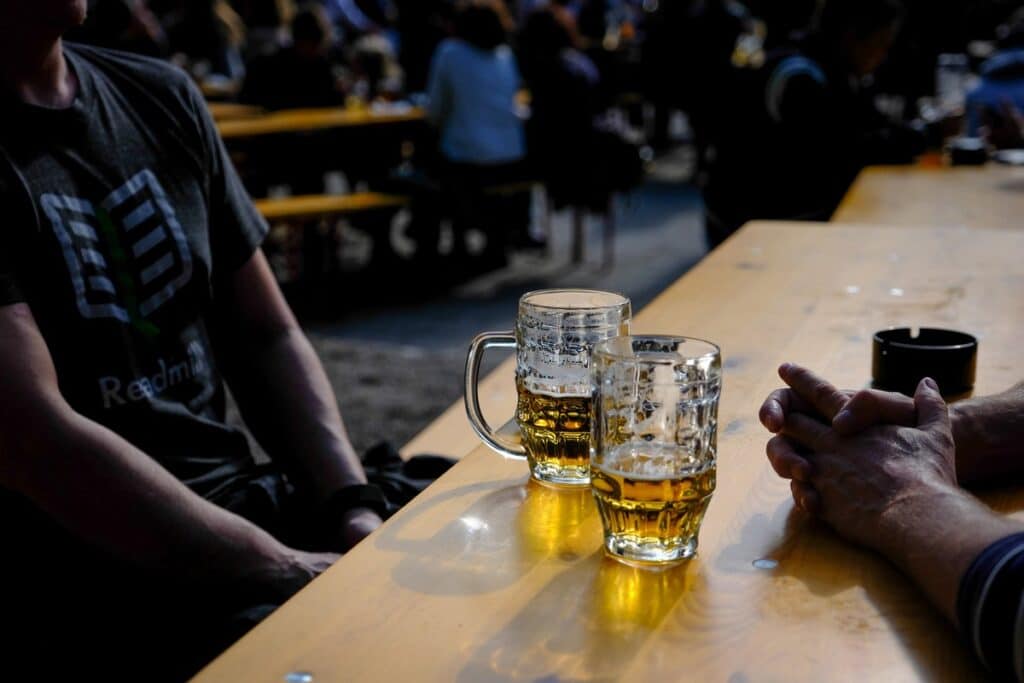
On the subject of beer, tourists will love the wide availability of cheap booze. Berlin has more than a thousand Spätis or late-night shops that sell beer for around €1. These are referred to as after-work Wegbiers. They are also known as “on-the-go” beers. Spätis are present in almost every block of Berlin. They also sell cigarettes and snacks. They are Berlin’s answer to Paris’s tabacs and NYC’s bodegas. Spätis are an essential part of Berlin’s economy. Many of them were allowed to remain open during the COVID-19 pandemic lockdowns.
Expensive Berlin Graffiti
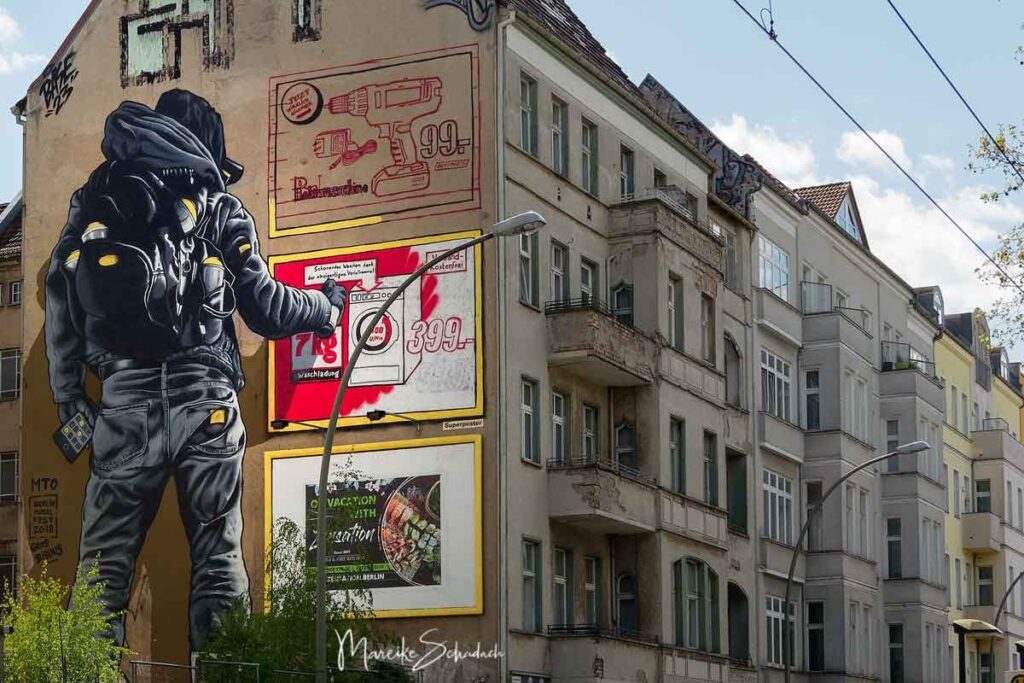
Street art is one of the well-known attractions of Berlin. It traces its roots to the Kreuzberg graffiti scene during the 1980s. The Berlin Wall was one of the famous canvases for Berlin’s street art. Many of the city’s artistic graffiti are located along the Spree river. Berlin’s street art community is diverse. It includes the works of local and international artists. This art form is not all positive for Berlin, though. The city government spends around €35 million every year to clear them up. Not everyone appreciates all the art someone stamps on the streets, after all.
Berlin International Film Festival
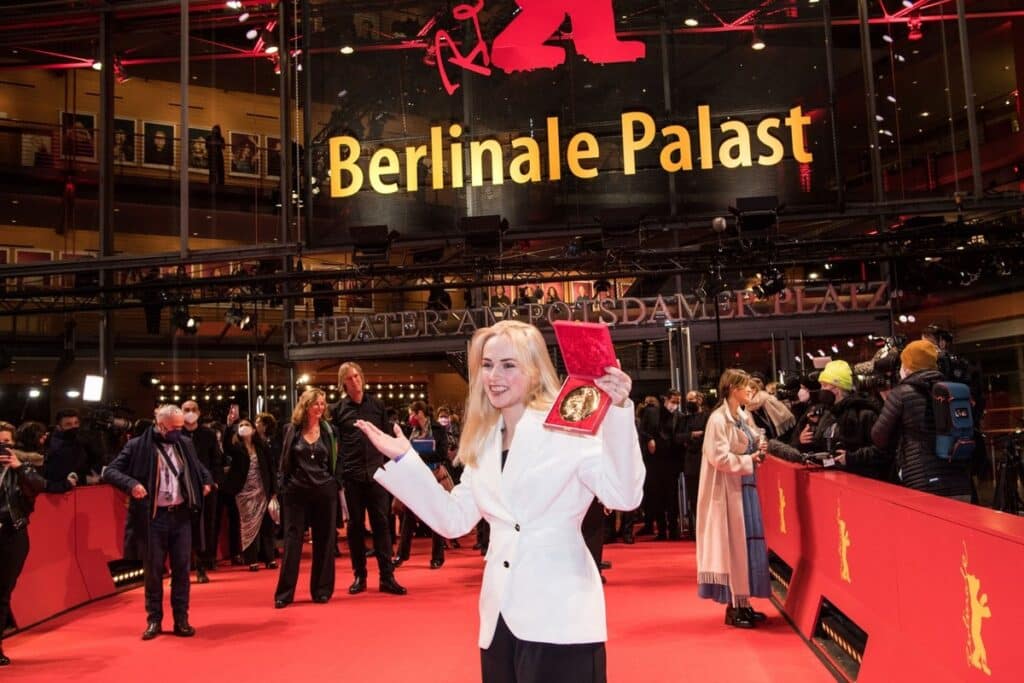
Berlinale, or the Berlin International Film Festival, is an annual event. It is one of the so-called “Big Three” film festivals. It shares the same prestige that the Cannes and Venice film festivals have. The festival usually screens around 400 movies. These movies are shown at different venues across Berlin. Also, the screened movies are divided into nine sections in different genres. Some movies participating in the festival become part of the competition section. The festival hands out Golden Bear and Silver Bear awards for excellent films. An international jury decides which films win the awards.
More Navigable Waterways Than Venice
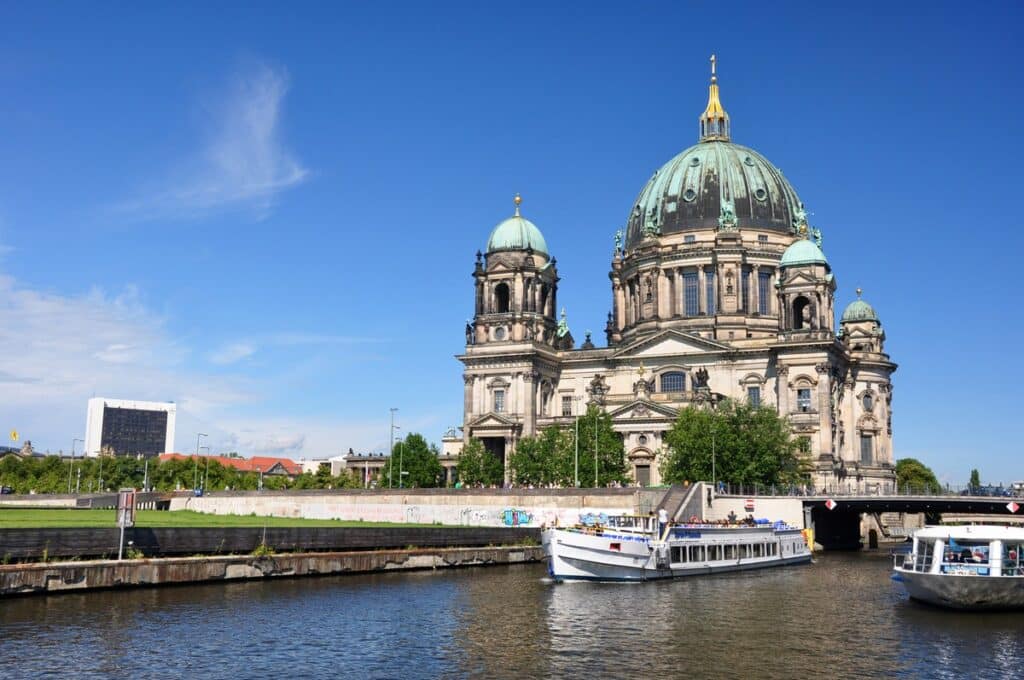
Venice is the city most often associated with waterways. The canals of the Italian city are world-famous. Berlin has longer waterways than Venice, though. The German capital city has 127 canals and waterways. This is less than the roughly 150 canals of Venice, but Berlin has the advantage of having longer waterways. The city government is working to develop them further. There are over 180 kilometers of waterways in Berlin. This is more than the 150 kilometers total length of Venetian waterways. The rivers Elbe and Oder are the sources of water for Berlin’s navigable bodies of water.
Massive Berlin Underworld
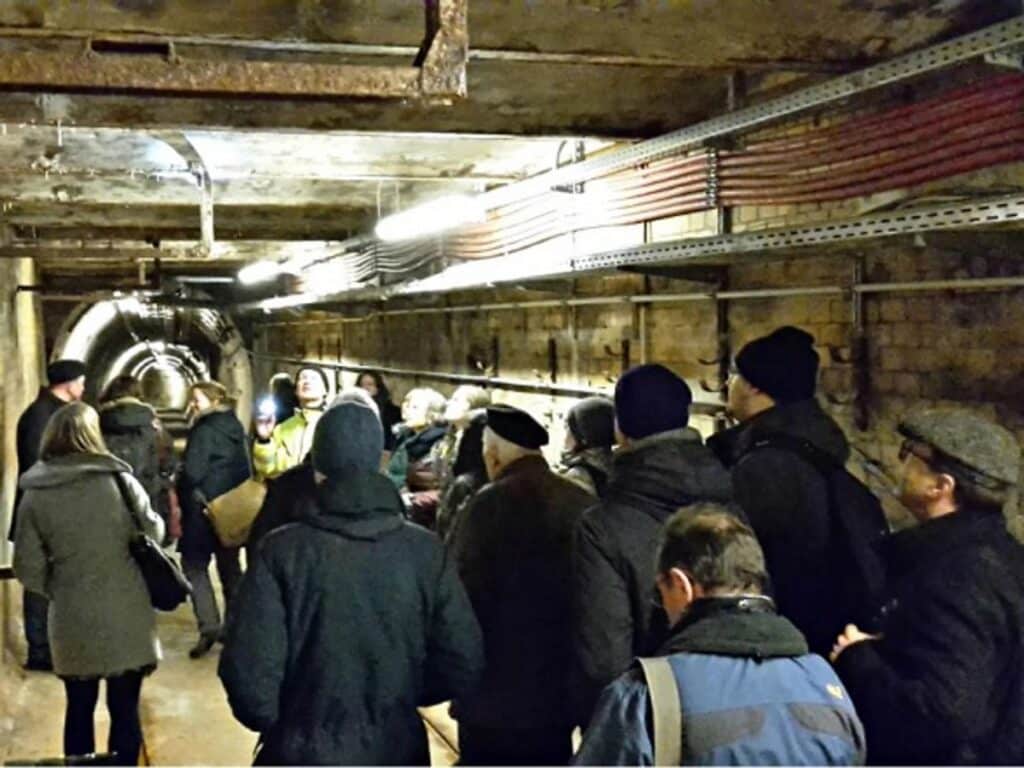
Berlin is more than what is visually perceivable on the surface. Beneath the city is an underground world vaster than many would expect. Berlin has a complex network of railways. It also has many bunkers and escape tunnels. These were built during World War II and the Cold War while Germany was preparing for possible nuclear warfare. There are also many underground brewery cellars. The combined area of the underground infrastructure is around 40% of the size of Berlin. This is according to some estimates that include the areas of the sewer systems.
The Popular Currywurst
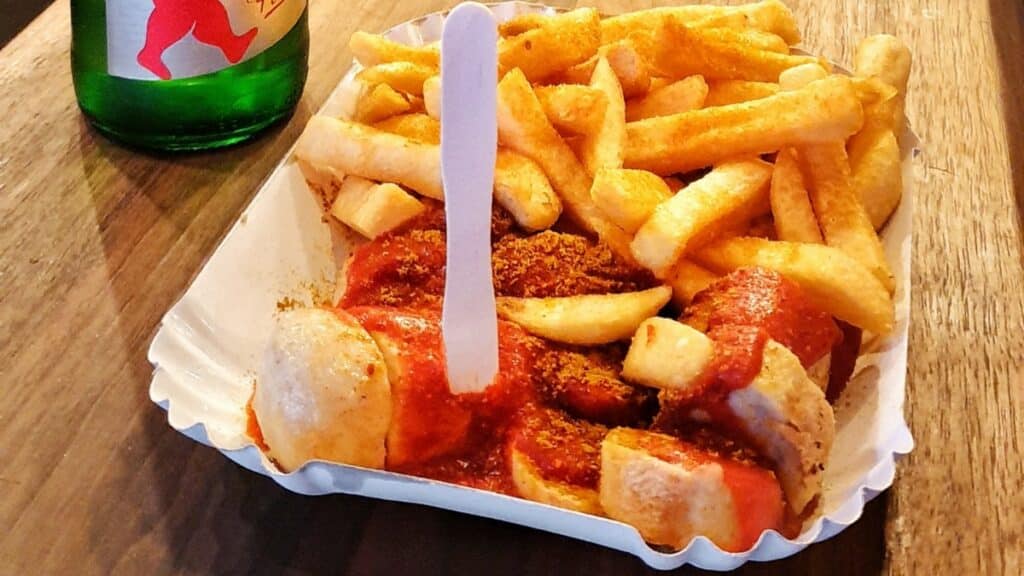
Currywurst is a German fast food. It usually features steamed or fried pork sausage sliced into bite-size pieces. It has curry ketchup and curry powder as its topping and is usually served with potato fries. The dish originates from the product developed by Herta Charlotte Heuwer, who was a renowned food kiosk owner. Currywurst is known today as a street food and take-out food at diners. It is also available in restaurants as part of the children’s menu. The Deutsches Currywurst Museum says that 70 million currywurst are consumed every year.
The Müggelsee Lake
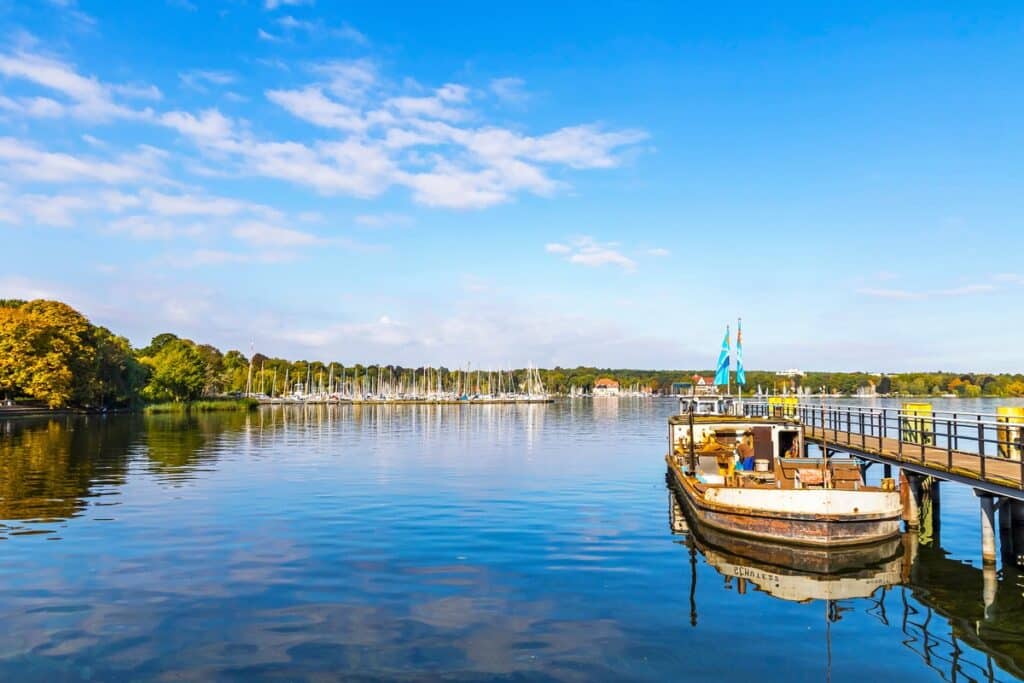
Müggelsee is the largest natural lake in Berlin. It is situated in the eastern suburb of Germany’s capital city. It occupies an area of 7.4 square kilometers. The depth is eight meters at the deepest point. The lake is not exactly a top tourist attraction, but it is one of the most notable places in Berlin. A popular tower called Müggelturm once attracted tourists to the area, but it was unfortunately destroyed by fire in 1958. A new one was constructed in its place, which now provides tourists with extensive views of the lake.
Haven for Shoppers
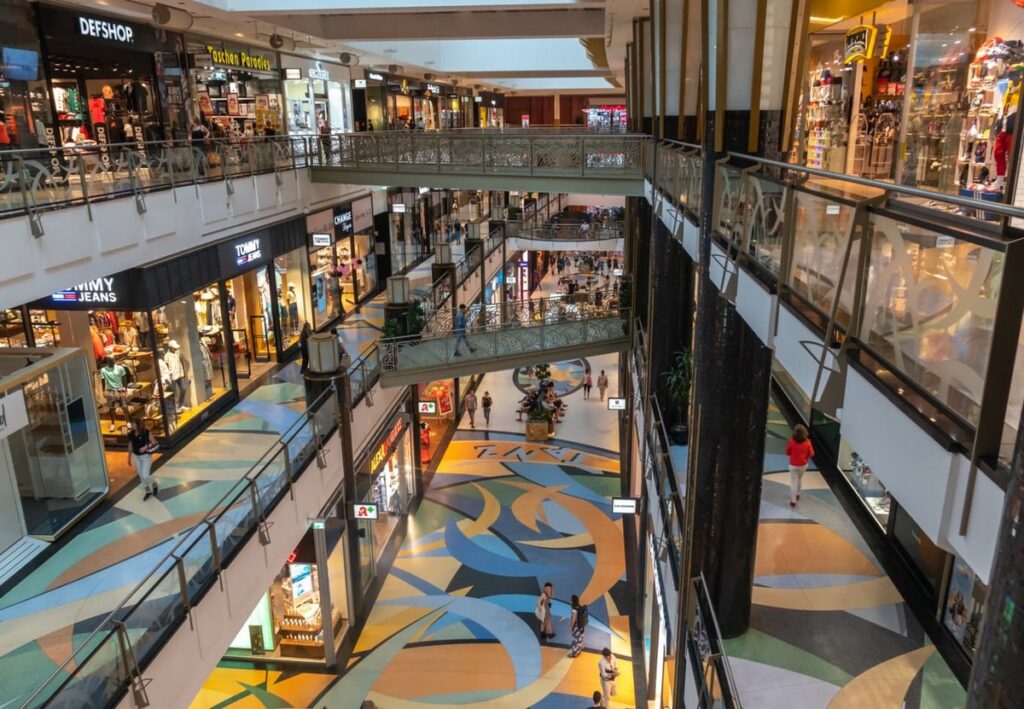
Germany’s capital city is a great destination for shoppers. Berlin’s Kurfürstendamm avenue is home to many shops and amenities for shoppers. Not far from it is Tauentzienstraße. This is the location of KaDeWe or Kaufhaus des Westens. KaDeWe is the largest department store in the European continent. The store’s name translates to “Department Store of the West.” Other notable shopping destinations are the Mall of Berlin and Dussmann das KulturKaufhaus. ALEXA Berlin Shopping Mall and Potsdamer Platz Arkaden offer interesting shopping experiences. The Mauerpark Flea Market is also a good option for shoppers.
Destinations for Sports Fans
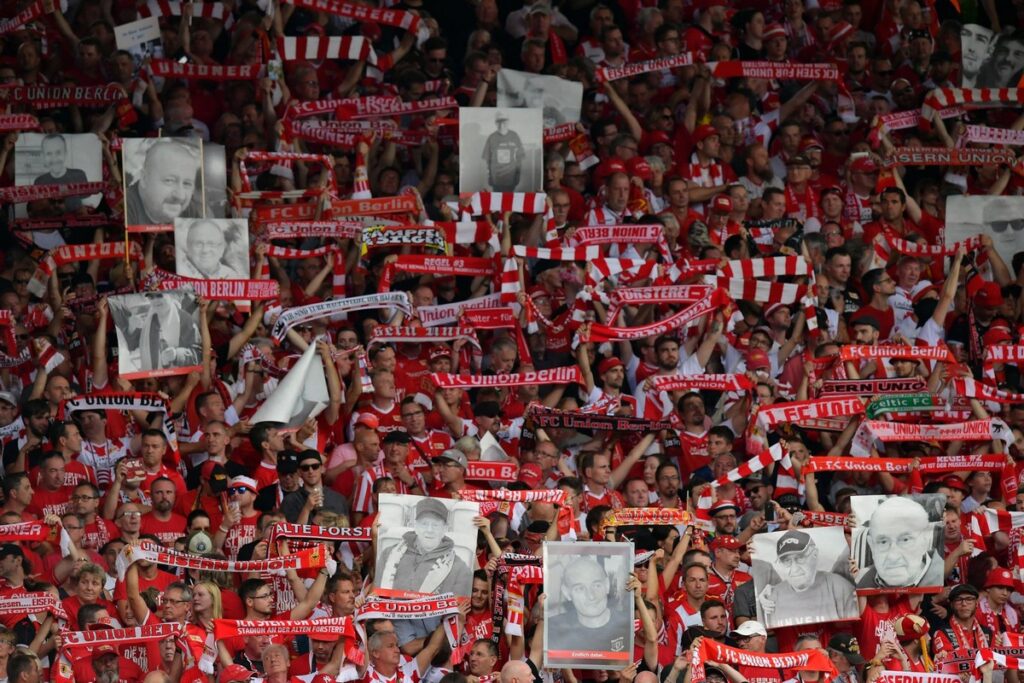
Berlin has built a favorable reputation as a city for sports fans. The city hosts various major international sporting events. It once hosted the FIFA World Cup in 2006 and was the site of the IAAF World Championships in Athletics in 2009. The city also hosted the Basketball Euroleague Final Four twice. Additionally, Berlin hosted the 2015 FIBA EuroBasket. The city also served as the venue for the UEFA Champions League Final in 2015. More sporting events are expected to be held in Berlin, as the city has plenty of sporting venues and facilities.
Berlin Marathon
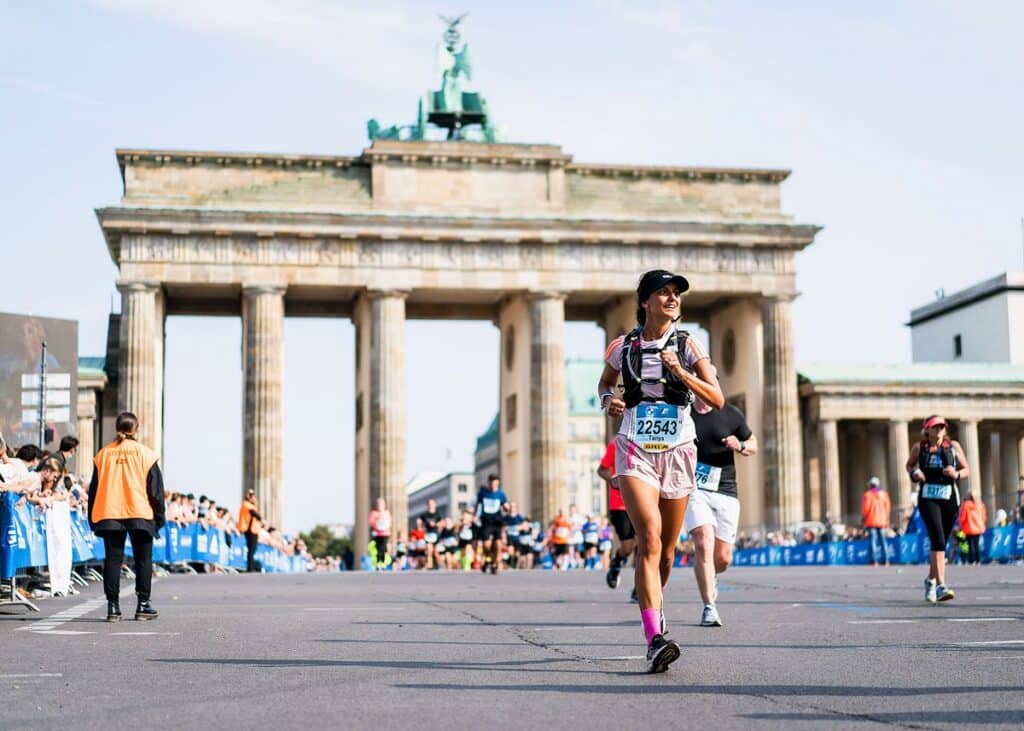
Berlin Marathon is a yearly road marathon that started in 1974 in Germany’s capital city. This sporting event has several races over a marathon that spans more than 42 kilometers. The Berlin Marathon events happen over a two-day period. The skaters compete on the first day. Hand biking, power walking, and wheelchair races take place on the second. The marathon happens on a mostly flat course. This has led to fast marathon performances. The marathon world record has been broken many times at the Berlin Marathon because of the flat course.
Berlin Victory Column
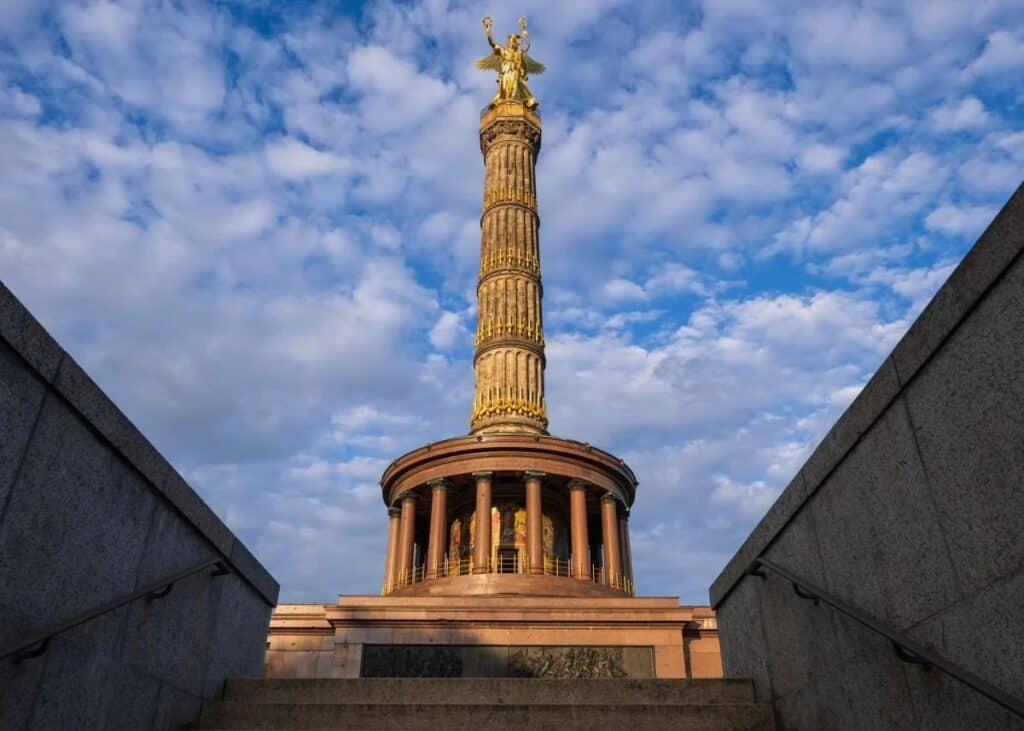
The Victory Column is a monument honoring the Prussian victory in the Schleswig War. It was designed by German architect Heinrich Strack. The monument is built with a combination of different materials. The base features polished Swedish granite and bronze reliefs. The hall or main body of the structure is made of 16 granite columns 4.7 meters tall. Adorning the hall’s circumference is a glass mosaic. The topmost component of the monument is a statue of Victoria. This statue is a bronze sculpture of the Roman goddess of victory.
Oldest Surviving Zoo in Germany

Zoologischer Garten Berlin, or the Berlin Zoological Garden, has the distinction of being the oldest and most popular zoo in Germany. The zoo opened to the public in 1844. It is in the Tiergarten inner-city park occupying an area of 35 hectares. This zoological garden features over 20,000 animals from more than 1,380 species. Its collection of animals is one of the most comprehensive in the world. The garden attracts over 3.5 million visitors per year and is the most visited zoo in Europe.
Vibrant Performing Arts Scene
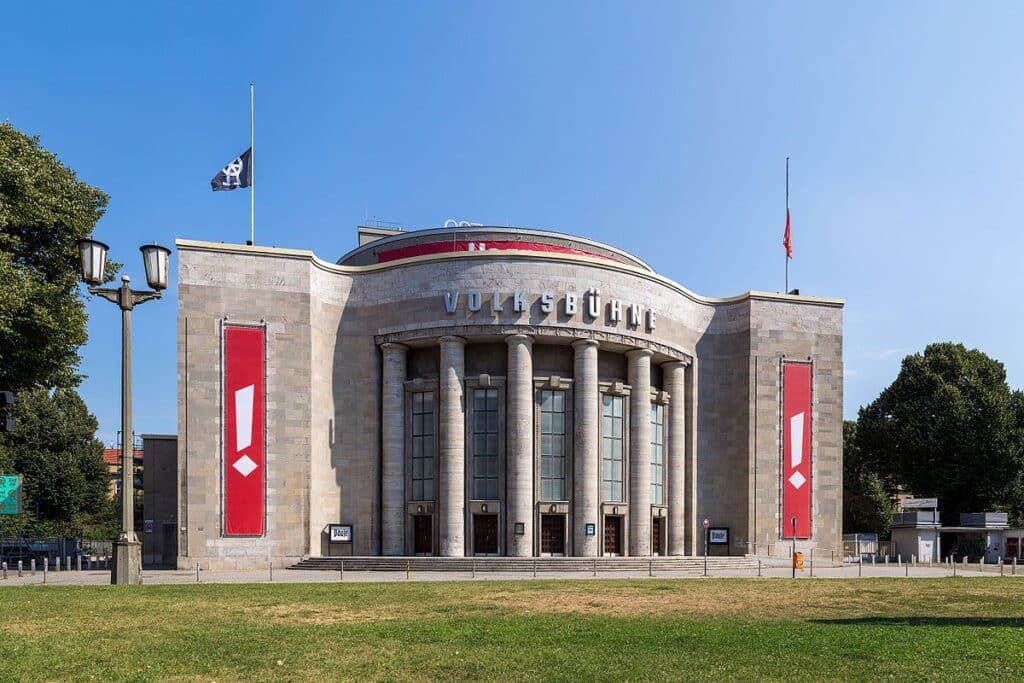
The city of Berlin has 44 theaters and stages. One of the famous ones is the Deutsches Theater built in 1850. Another is Volksbühne at Rosa-Luxemburg-Platz in Mitte. It has the renown of being Berlin’s most iconic theater. The Berliner Ensemble is also notable. It features performances of the works of Bertolt Brecht. The largest among Berlin’s performance houses is Friedrichstadt-Palast in Berlin Mitte. Additionally, Berlin has three major opera houses. These are Berlin State Opera, Deutsche Opera, and Komische Oper Berlin. Musical theater performances happen at Theater am Potsdamer Platz and Theater des Westens.
Berliner Festspiele
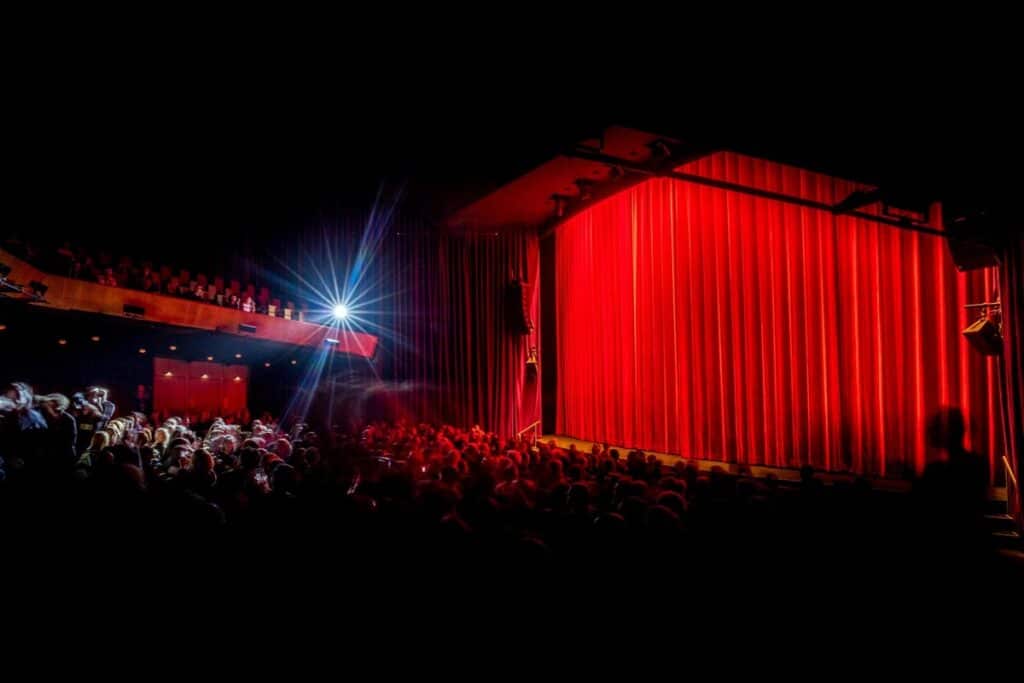
Berliner Festspiele is a series of art exhibitions, festivals, and other activities. It is a showcase of the cultural heritage of the city. The activities usually happen at the theater called Haus der Berliner Festspiele. Some events are held at the Martin-Gropius-Bau exhibition building. Berliner Festspiele is a year-long affair. The MaerzMusik festival happens in March. Berliner Theatertreffen takes place in May. Musikfest Berlin is usually in September. Meanwhile, JazzFest Berlin takes the early November schedule. Moreover, there are competitions for young artists from May to November. The Berliner Festspiele organization also holds year-round immersions.
Berlin Philharmonic
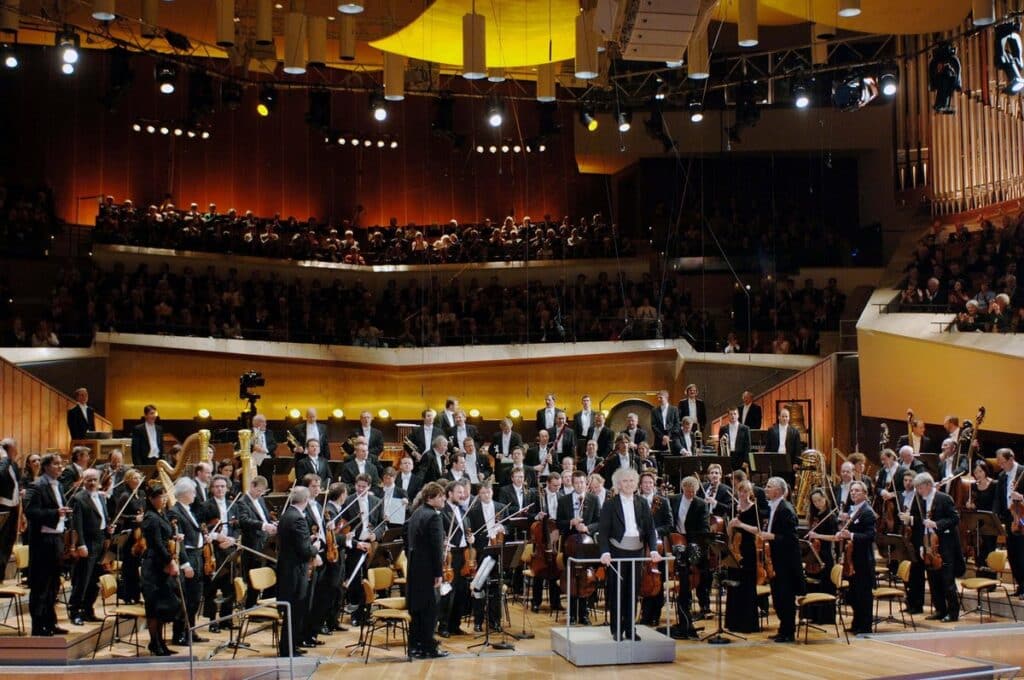
Berlin and classical music are inseparable. It should not come as a surprise that the Berlin Philharmonic is world-famous. This German orchestra based in Berlin is one of the most highly acclaimed in the world. The group was previously called Frühere Bilsesche Kapelle. It also once used the name Berliner Philharmonisches Orchester. Berlin Philharmonic has so far won 8 Grammy Awards and 6 Gramophone Awards. It also received 2 Classical BRIT Awards, 2 ICMAs, and 4 ECHO Music Prize awards. The group has been in existence for over 140 years.
